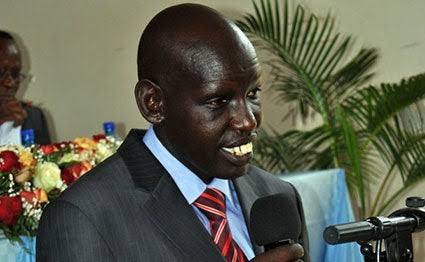The Presidential Working Party on Education Reforms has presented a proposal to have pre primary, primary school and Junior Secondary School to be under a single unit dubbed as Comprehensive Schools.
The new head (principal), in addition to directing operations at all three levels of the school, will also manage classes one through eight, as was the case under 8-4-4. This implies that the principal will organise and supervise the infusion of millions of shillings into the institutions.
The Presidential Working Party on Education Reforms has suggested that nursery students get government capitation as well.
In addition, the panel has suggested that capitation per child be reviewed.
The team suggests adding the principal as a signatory to the pre-primary, primary, and junior school bank accounts.
Funds from capitation from the government, a minimum essential package, parental contribution, and other sources will be combined to support comprehensive schools.
In contrast to 8-4-4, government support for institutions will be distributed in two levels. The first level is capitation, which will be based on the number of students at a school and which the team suggests be increased.
The other idea is to offer a flat-rate bundle known as a minimum essential package that will change depending on the degree of education.
Each nursery school student will earn Sh1,170 from the government each year under the revised capitation.
Every primary school student will receive Sh2,238 per year, while junior secondary students will receive Sh15,043. Each student in senior secondary schools will receive about Sh22,527 annually. For nursery schools, special needs students would receive an additional subsidy of Sh604 and for primary school students, further allocation of Sh3,624.
Students with special needs would receive an additional Sh10,000 in junior secondary and senior school.
The government will provide the majority of the funding for the comprehensive school in public institutions, but there will also be other support channels for distributing funds.
The team’s objective to increase the process and sources of funding for educational institutions is revealed through a study by The Standard.
The minimal basic package follows. This will cover education-related costs regardless of the enrollment at the institutions, and it will be crucial in supporting universities with a small enrollment.
Pre-primary education will receive Sh70,200, primary education will receive Sh536,880, junior school will receive Sh1,632,120, senior school will receive Sh1,890,000, and special needs education will receive Sh2,060,940. This means, a comprehensive school will get a cumulative Sh2,239,200 as the minimum essential package.
The team wants the ministry of education to engage accountants and accounting clerks to guarantee prudent use of the sizable funding. If all goes according to plan, the comprehensive schools will experience a sharp rise in the workforce.
According to TSC data, there are presently 44,496 nursery school instructors who live in primary schools;
There are 223,296 instructors working in primary schools. According to the Teachers Service Commission’s forecasts, there is currently a demand for 70,430 junior secondary schools, and by 2024, that demand is predicted to increase to 120,923.
Thus, by 2024, there may be 390,000 teachers working in comprehensive schools.


